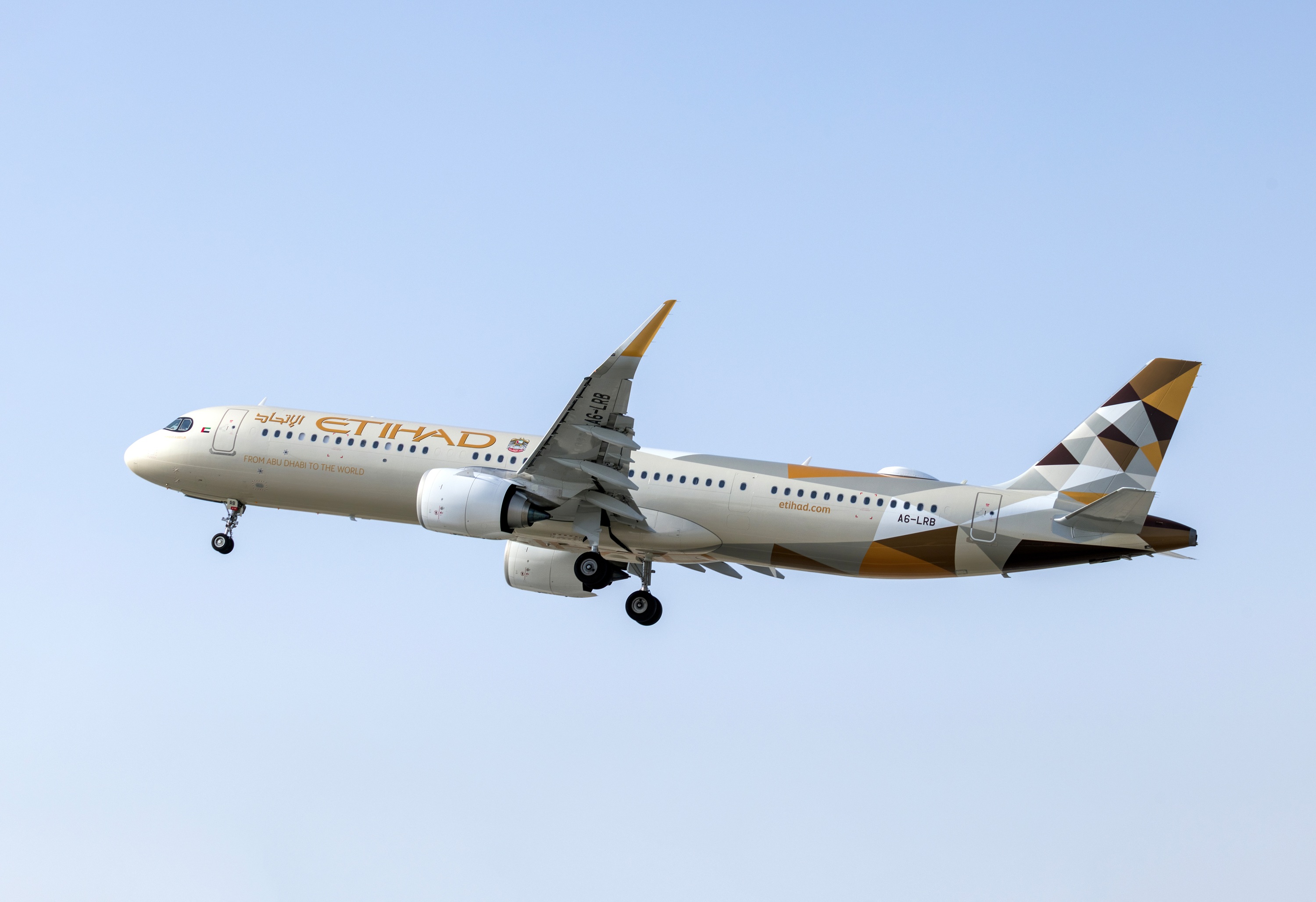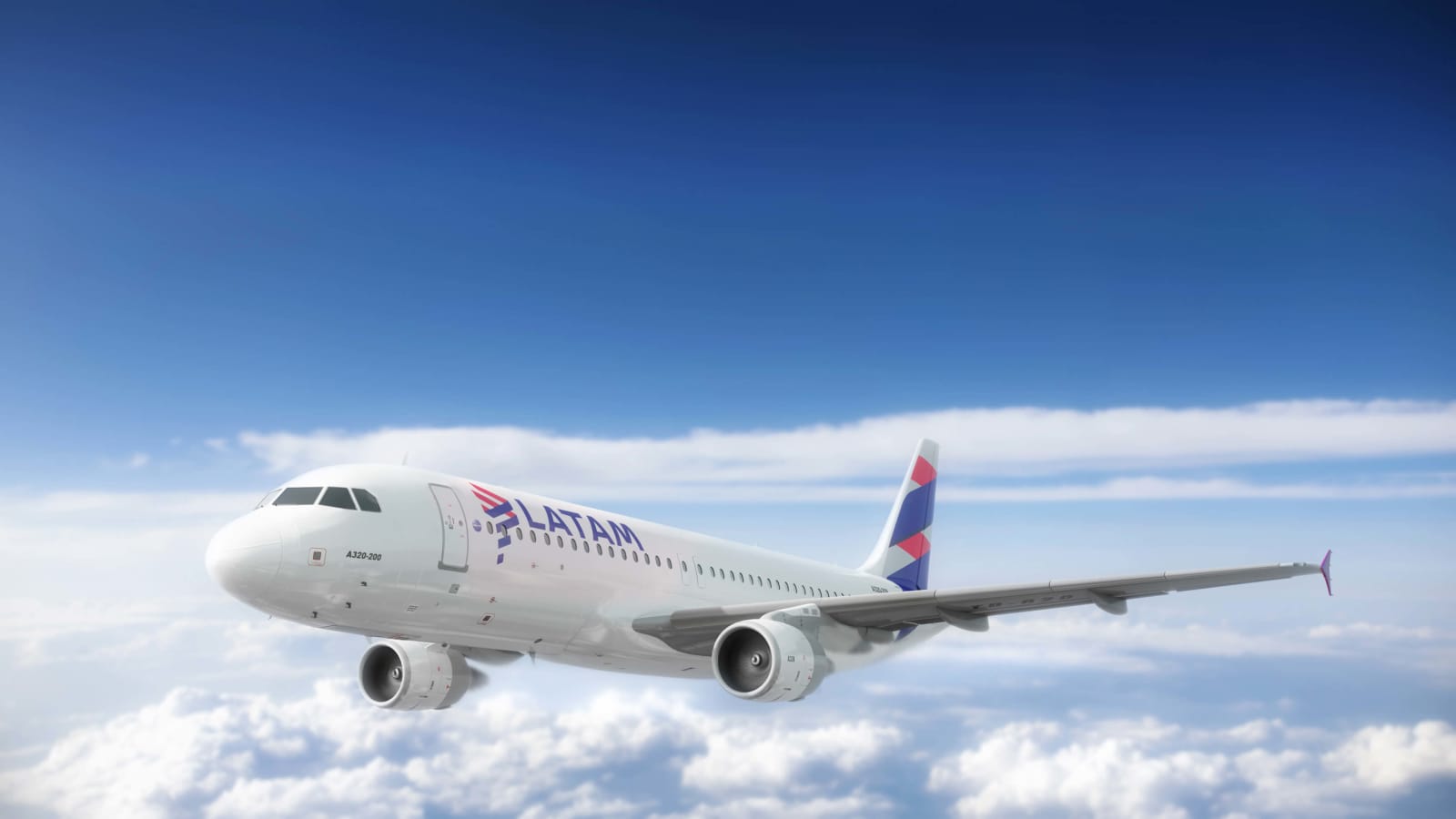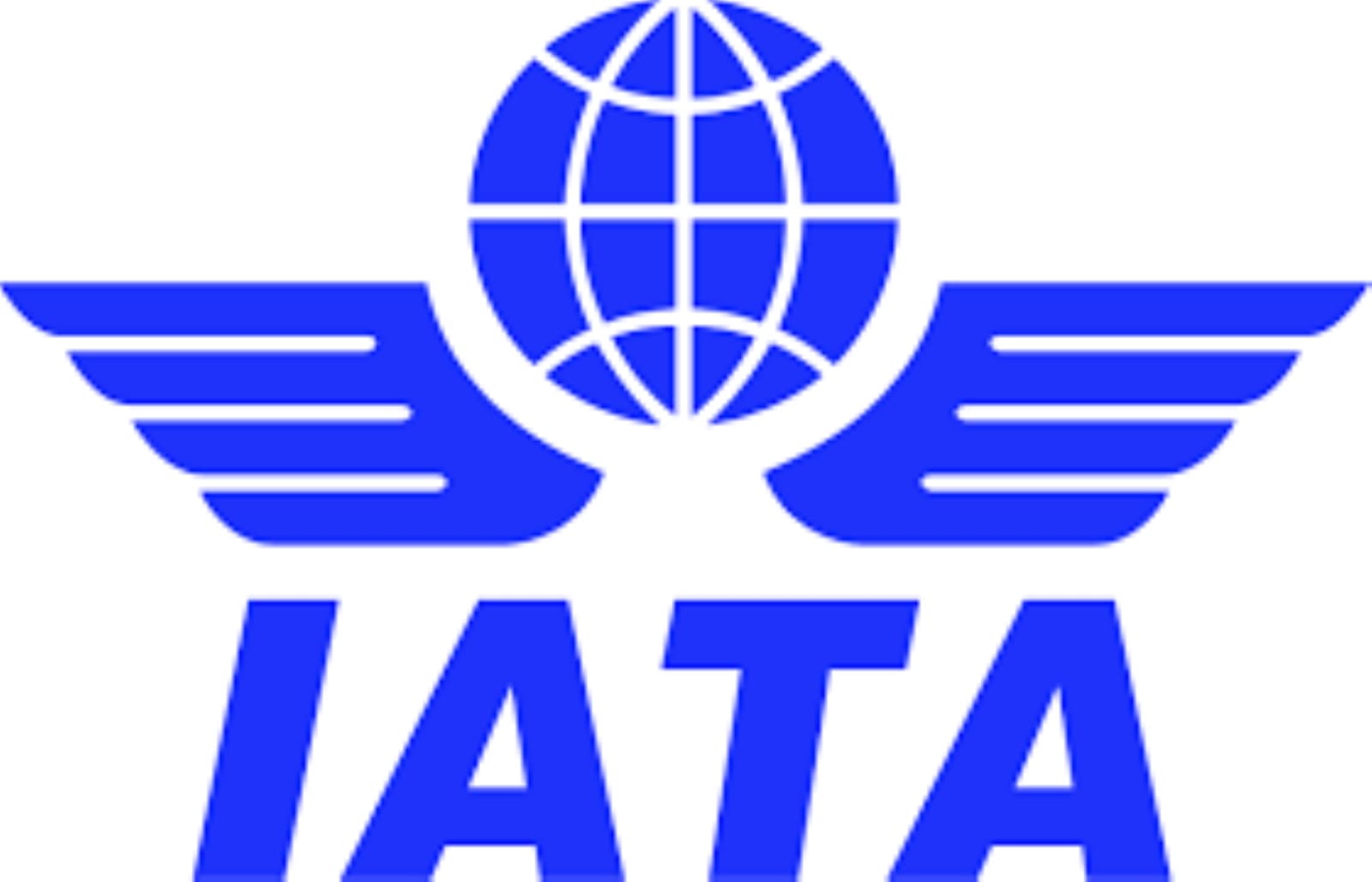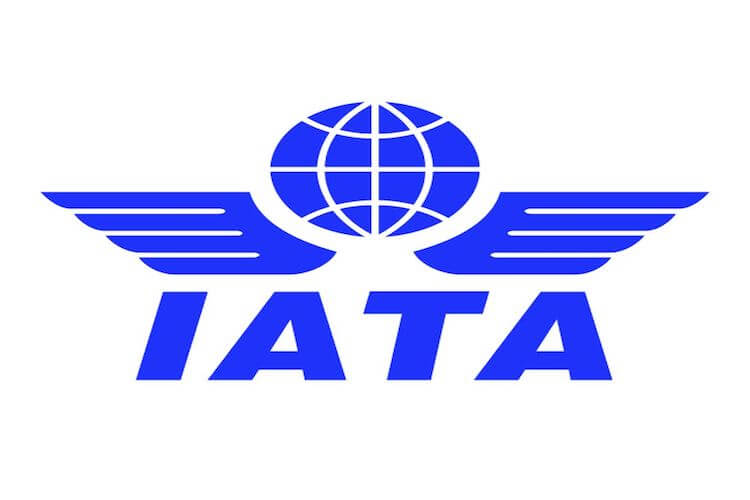
The International Air Transport Association (IATA)’s recent Focus Africa Conference in Addis Ababa, Ethiopia, attracted the participation of more than 400 aviation leaders and stakeholders. The event tackled critical issues affecting air travel and cargo transportation in Africa, covering topics such as safety, regulation, sustainability, trade, and economic growth in the region.
African airlines have experienced a swift recovery in 2023, witnessing a remarkable 87.1% year-on-year growth in revenue passenger kilometers (RPKs) during the first quarter, bringing RPKs to only 9.4% below their 2019 levels. However, the region continues to grapple with structural financial and economic barriers that dampen air travel demand. Africa also faces various cost, infrastructure and connectivity challenges that limit aviation capacity and impede the establishment of adequate air services.
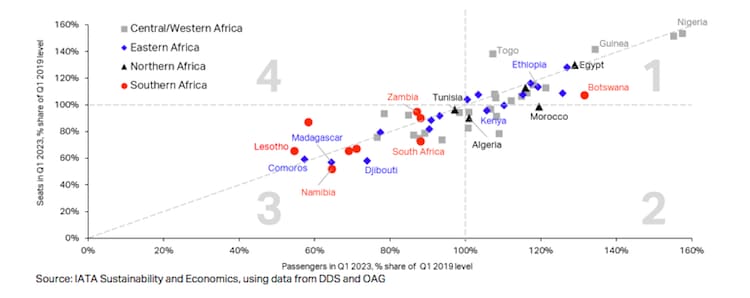
Factors also affect the restoration of traffic to pre-pandemic levels. The divergent outcomes in terms of origin-destination (O-D) passenger traffic and airline scheduled seat capacity for countries in Africa can be seen in the chart above. Major economies in the region have demonstrated significant recovery, surpassing pre-crisis levels of activity (quadrant 1). Most notably, Nigeria’s passenger traffic and seat capacity grew to nearly 60% above 2019 levels, building on the positive results achieved in the fourth quarter of 2022.
In Northern Africa, Egypt and Morocco experienced a substantial increase of 29% and 20%, respectively, in passenger traffic during Q1 2023 compared to the same period in 2019. Airline capacity in Egypt also kept pace with passengers, growing by 30% in comparison to the first quarter of 2019. Morocco and other nations that are in quadrant 2, saw passenger numbers increase faster than airline seat capacity, indicating more efficient use of airline capacity. Meanwhile, in Eastern Africa, Ethiopia witnessed passenger and airline seat levels that were 19% and 14% above pre-pandemic figures, respectively.
Longstanding structural and profitability challenges in Southern Africa continue to affect markets in the region, which lagged 2019 levels of aviation activity (quadrant 3). Reflecting a weakened economy and constraints on airline capacity, South Africa’s Q1 2023 passengers remained 12% below 2019 levels, while scheduled seats were even further behind (27% below). Still, this market showed significant improvement from the traffic and capacity deficits observed in the last quarter of 2022.
Africa’s rapid recovery in traffic has been complemented by the region’s advancements in connectivity and airline competition. To take full advantage of aviation’s contribution to economic development, efforts to liberalize aviation in Africa must intensify.


